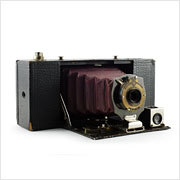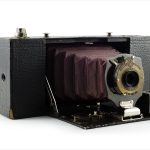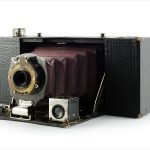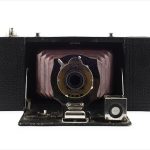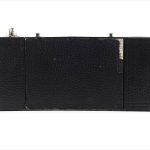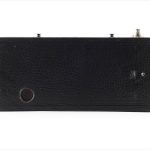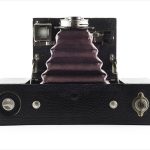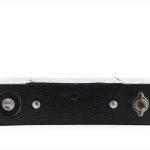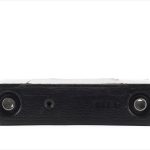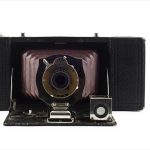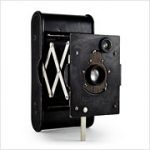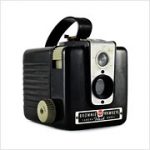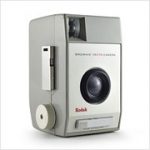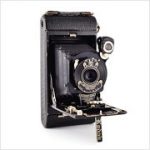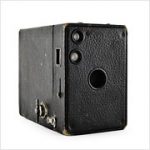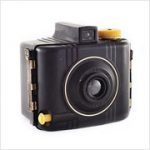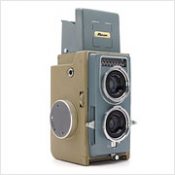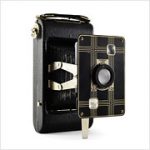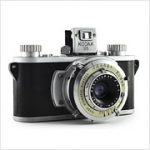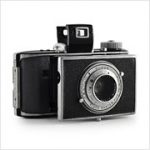Kodak No. 2A Folding Pocket Brownie Specifications
| Manufacturer: | Eastman Kodak Company |
| Origin: | USA |
| Made in: | Rochester, NY, USA |
| Introduced: | 1910 |
| Type: | Folding, Viewfinder |
| Format: | 116 Film |
| Dimensions: | 21.6 x 9.4 x 5.1 cm (closed) |
| 21.6 x 9.4 x 14 cm (open) |
Kodak No. 2A Folding Pocket Brownie Overview
The Kodak No. 2A Folding Pocket Brownie is an early folding camera introduced by Eastman Kodak Company in 1910 at a price of $7 (about $170 in today’s money). The No. 2A is designed for the now defunct 116 film format which is very similar to 616 but with wider spool flanges. While we may think it’s a bit strange for Kodak to name this brick-sized camera a “Pocket” Brownie, it was considerably more portable than many of its contemporaries.
Operation of this beautiful camera is fairly straightforward and simple. To unfold the camera, a hidden button located between the hand strap lugs on the top plate must be pressed to release the lens. Once the camera is unfolded, set the focus distance by adjusting the focus tab on the user’s right side of the lens rail and pull the lens out to align with the tab. Composition can be determined by using the right angle viewfinder on the opposite side of the lens rail. The viewfinder is set for landscape orientation by default but can easily be rotated 90 degrees for portraits.
The aperture of the Brownie’s simple meniscus lens has four settings that can be selected by sliding the tab underneath the lens: “1” is f/8.8, “2” is f/11, “3” is about f/14, and “4” is f/16. The Brownie Automatic shutter has only three settings which can be set by sliding a similar tab above the lens: “I” (about 1/25 seconds), Bulb, and Time. Once everything is ready, press the shutter lever at the 10 o’clock position on the lens barrel to make the exposure and then wind the knob on the top plate to advance the film until the next frame number appears in the back plate’s red window.
My No. 2A Folding Pocket Brownie is in pretty good shape given that it’s over 100 years old. In fact, the only real flaws to speak of are the condition of the leatherette in a few places and a missing leather handle. I got this Folding Pocket Brownie in a small lot of cameras that I purchased from a nice middle-aged woman in the suburbs. I had originally intended to only buy a M.I.O.M. Photax III, an Agfa PD16 Clipper, and a Spartus 120 but I gave in and bought six cameras total that day including a Polaroid Big Shot, a Kodak Brownie Hawkeye and, of course, this beautiful folder.
Find your very own Kodak No. 2A Folding Pocket Brownie on eBay.
McKeown, James M. and Joan C. McKeown’s Price Guide to Antique and Classic Cameras, 2001-2002. (Grantsburg, WI, USA: Centennial Photo Service, 2001), p 329.
